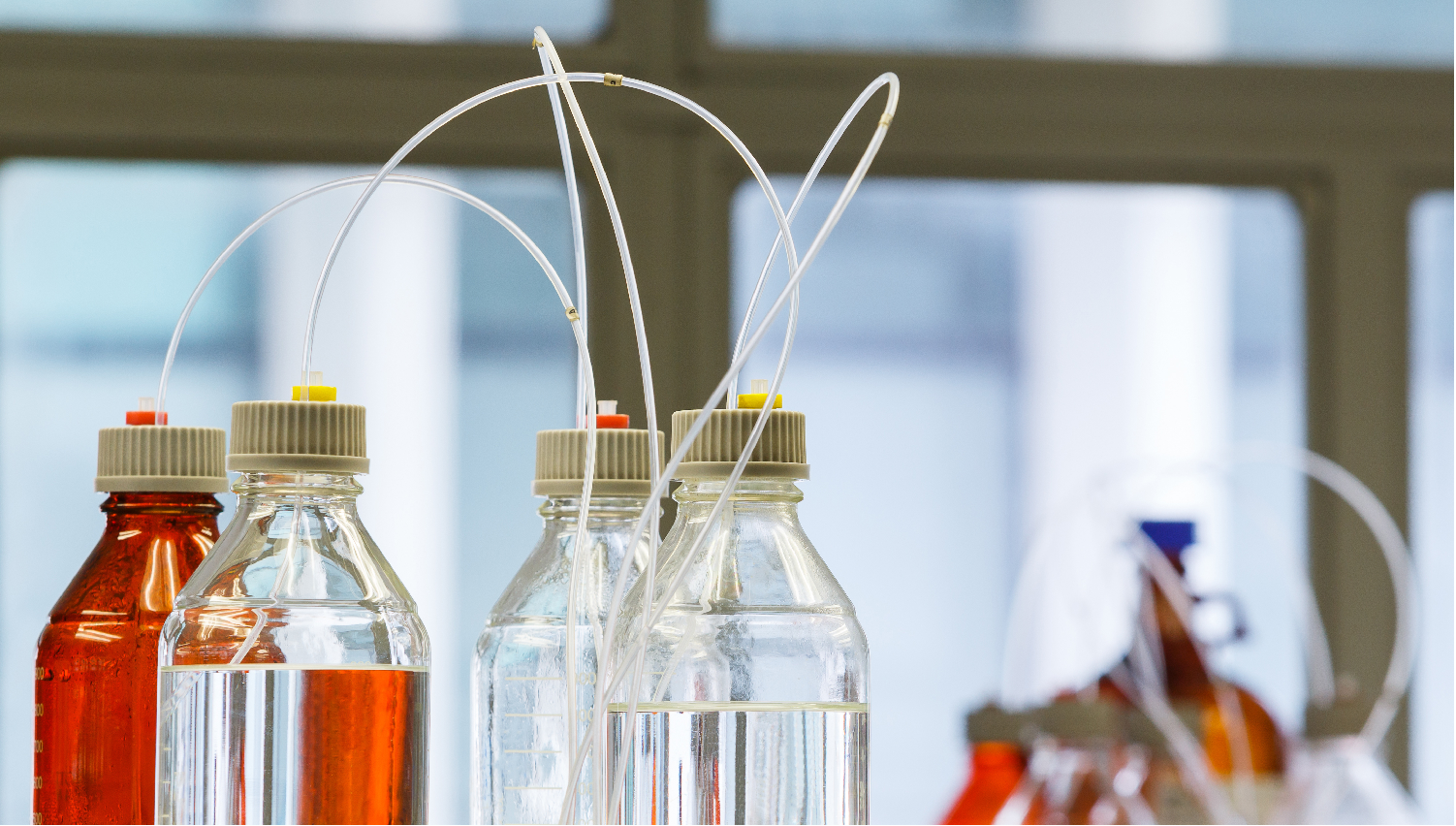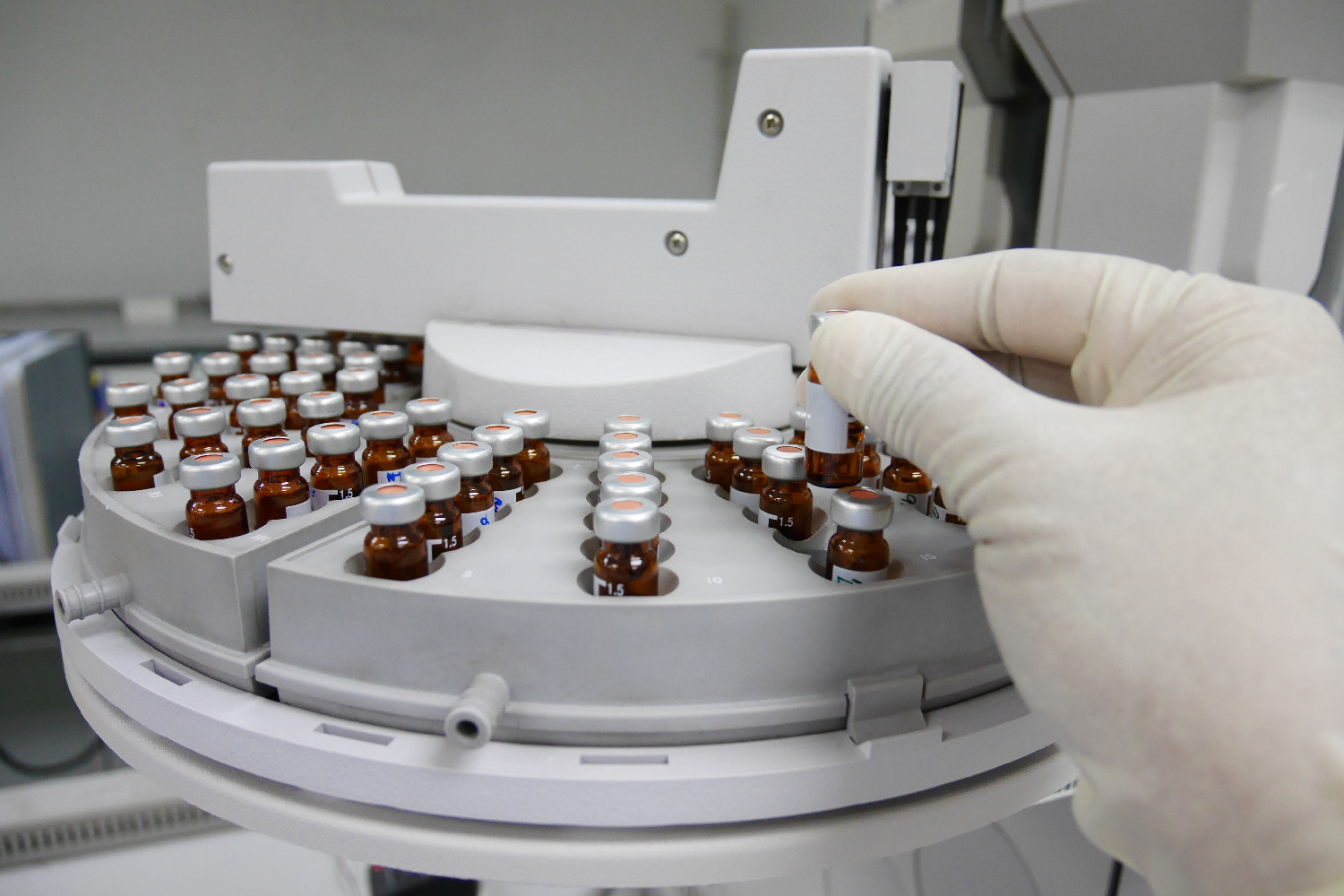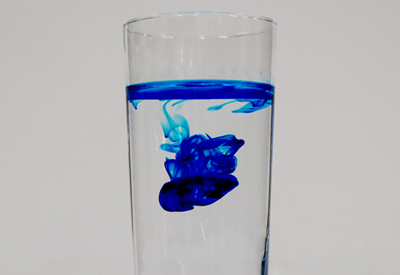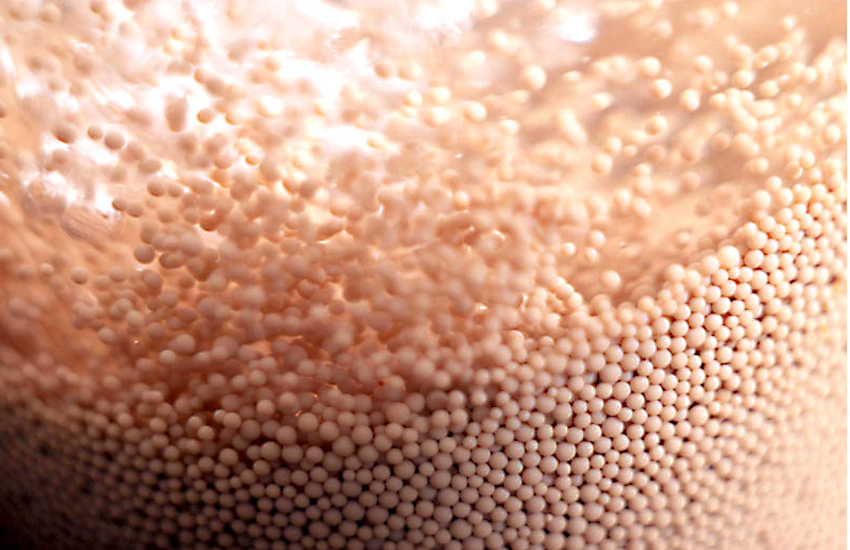Why is water important in chemical analysis?
For any substance, chemical analysis employs various methods to clarify the questions of “what,” “how much,” “how,” and “is it there.” Did you know that water is vital to chemical analysis?
With analytical procedures using high-performance liquid chromatography (HPLC) as an example,
let’s take a look at where water is used!
Blank water for blank measurement
Blank measurement is an action that places a device in a usable state (i.e., a flat state).
Because analyzers are shared in laboratories, problems can appear in the devices. For that reason, “blank measurement” that uses only water is first performed.
The water used for this is called “blank water.” The use of contaminated water will reveal ghost peaks and noise in the chromatogram.
Water for preparation of the standard solution used in creating a calibration curve
A calibration curve is a plotted equation used for quantifying measurement results.
An HPLC chromatogram shows values for time and signal value.
The calibration curve plays an important role in converting the signal value (intensity, absorbance, count, etc.) into concentration (amount). Creating calibration curves requires the preparation of several different standard solutions, and requires high-purity water.
Water for diluting samples
Because analyzers are very delicate precision instruments, introducing high-concentration samples can result in contamination of the tubing inside the equipment, deterioration of analysis accuracy, and clogging of columns.
For this reason, samples are often diluted with water before introduction, to match the sensitivity of an analyzer.
The water used in dilution must be pure or ultrapure water from which impurities have been removed to the extent possible. If the substance to be analyzed is contained in the water for dilution, accurate results will not be obtained.

Water for preparation of eluent (mobile phase)
In HPLC, a solvent called an eluent (mobile phase) is used to introduce a sample into the column.
Aqueous acetonitrile and aqueous methanol solutions are typical eluents, but type and concentration vary with the objectives of the analysis and the target substance. Clean water is also used in the preparation of the eluent.
Summary
With analytical procedures using high-performance liquid chromatography (HPLC) as an example, the areas in which water is used was explained.
In addition to those, water is also used for cleaning instruments.
- Blank water for blank measurement
- Water for preparation of standard solution used in creating a calibration curve
- Water for diluting samples
- Water for preparation of eluent (mobile phase)
If you have any concerns about your water purifier, questions about water, requests for columns, or anything else, we welcome your inquiries here. We look forward to hearing from you!




